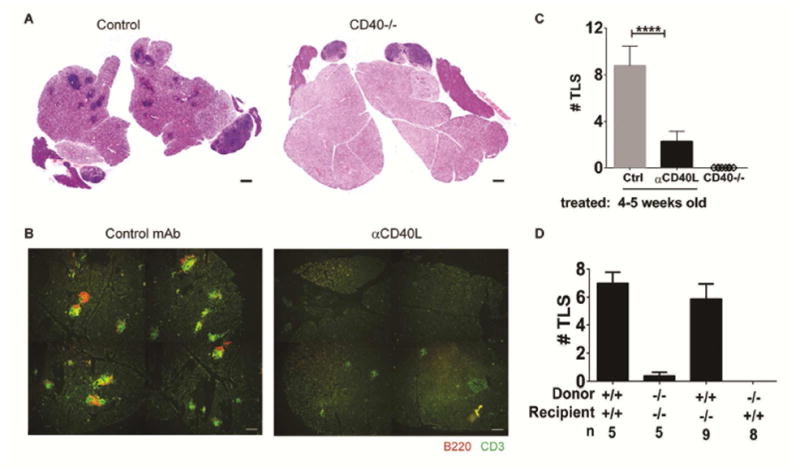Figure 1. Early life CD40 signaling is required for TLS neogenesis.

(A) Salivary gland TLS of 24 week-old control or CD40−/− female NOD.H-2h4 mice were visualized by haematoxylin and eosin. (B) Young 4–5 week-old female NOD.H-2h4 mice were treated with a single dose of control (Ctrl) or anti-CD40L mAb and salivary glands were evaluated for B and T cell infiltrates at 24 weeks-of-age. (C) Enumeration (mean +/− SEM) of whole salivary gland TLS from mice that received a single dose of Ctrl or anti-CD40L mAb at 4–5 weeks-of-age and were evaluated at 24–28 weeks of age (n=22 for control or n=24 for anti-CD40L from 6 independent experiments). Salivary gland TLS of 22–24 week-old CD40−/− mice were also enumerated (n=8 from 2 independent experiments). ****p<0.0001. Scale bars indicate 200 um. (D) T cell-depleted bone marrow from either wild type (+/+) or CD40−/− (−/−) NOD.H-2h4 mice was transferred into lethally irradiated 8 week-old recipients as described in methods and the number of TLS in the salivary gland was determined at 24–26 weeks-of age. Data (mean +/− SEM) represents one of two independent experiments. ****p<0.0001
